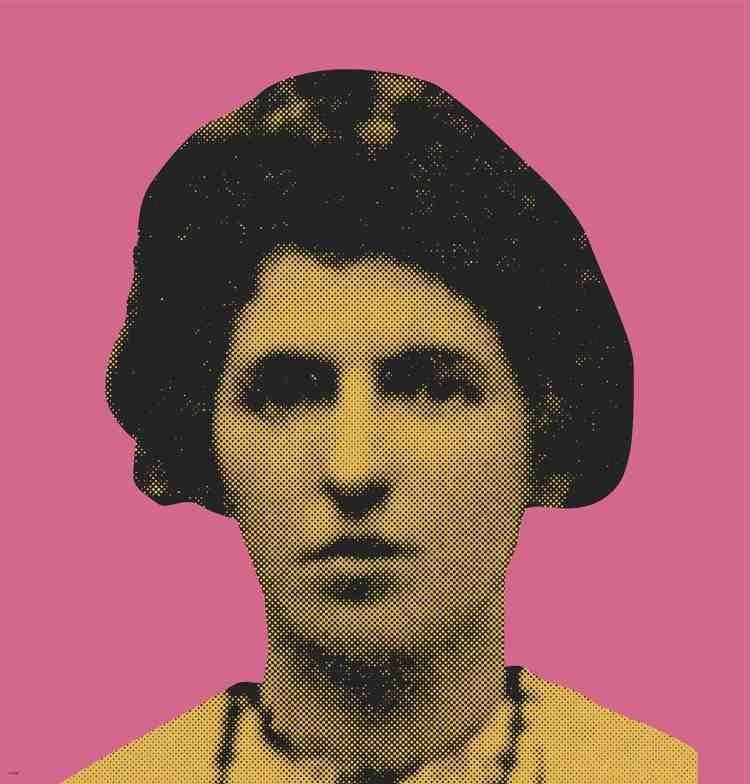Died 1954 | ||
 | ||
Áine Ceannt (née Ní Bhraonáin) (Dublin 1880-1954) was an Irish revolutionary activist and humanitarian leader. Born Frances Brennan and educated in the Dominican College, Eccles Street, she adopted the name Áine when she joined the Gaelic League. It was through her Irish language activism that she met her future husband Éamonn Ceannt, whom she married in 1905. A convinced republican, she joined Cumann na mBan on its foundation in 1914. She wrote and delivered dispatches during the Easter Rising. Her husband was one of the signatories of the Proclamation of the Republic and was executed by the British at Kilmainham Gaol on May 8, 1916.
Newly widowed, she continued her republican activism, serving as Vice-President of Cumann na mBan and as a member of the Sinn Féin Standing Committee. She also played a role in the development of the Sinn Féin Courts, a parallel legal system designed to offer an alternative to the British courts.
Áine Ceannt was ardently opposed to the signature of the Anglo-Irish Treaty in December 1921. She was imprisoned by the Irish Free State government during the Civil War in Mountjoy for her anti-Treaty activity. Throughout the war, Ceannt served at the highest levels within anti-Treaty Sinn Féin. In the years that followed, she spearheaded efforts to secure state compensation for the widows and the children of those who had died in 1916 and in the War of Independence. She served as the head of the Children’s Fund of the Irish White Cross, an American-funded humanitarian organisation founded to assist victims of unrest in Ireland. She was a member of the Executive Committee of the Irish Red Cross.
